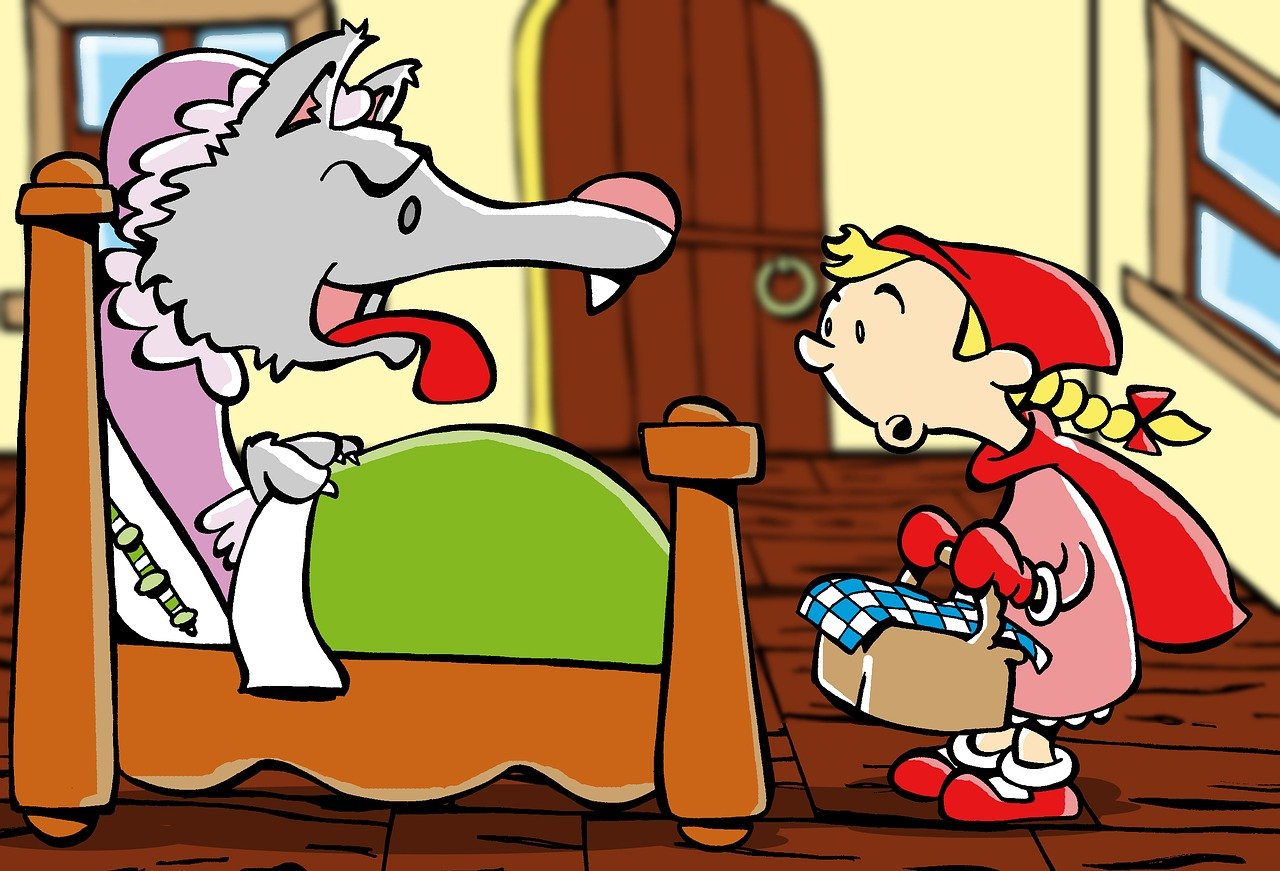
Personification involves giving human characteristics to an object, a plant or an animal.
Personification is the act and consequence of personifying . This verb has multiple uses: personify can be understood as attributing vitality or human characteristics to animals, plants or objects ; carry out the representation of an individual , a system or event; or imitate a specific person within the framework of an artistic work or writing.
For example: “Lady and the Tramp shows the personification of two dogs who fall in love and manage to overcome class differences” , “Adolf Hitler is the personification of Nazism, a man who summarizes in his person all the racism and hatred of a sick town” , “Benicio del Toro was congratulated for his impersonation of Ernesto Che Guevara in Steven Soderbergh's films” .
Personification in literary theory
In literary theory, personification, also known as prosopopoeia , is one of the best-known figures of speech, found within fiction . This is a kind of metaphor that consists of characterizing a non-animated matter as human. In this way, a thing is given traits and particularities that are typical of man, and the inanimate begins to be treated as if it had life.
In any case, it is necessary to clarify that personification can not only reach inanimate physical things, but can also be linked to abstract notions: “ Death arrived at the place and soon extended his hand to the old man. The old man tried to flee but he no longer had the strength: he was embraced by Death and dragged to the Beyond” , “Athens, beautiful and ancient, seduced the writer and conquered him by presenting him with an ancient world full of beauties. The novelist soon married the Greek capital and could no longer deceive it with any other metropolis in his works .
Many poets use this resource to express deep feelings or create unique poetic environments. Some examples appear in the verse by P. del Castillo that says "The stars looked at us/ while the city smiled" or that of Pablo Neruda "The night is starry,/ and the stars shiver, blue, in the distance./ The night wind spins in the sky and sings.

In "Little Red Riding Hood" the personification of the wolf occurs.
The dangers of its use in children's literature
In children's literature , this resource is widely used. Not only does it appear in numerous fables and legends, but it also appears in poetry written for readers of these ages.
It is true that this resource can help a lot to understand reality, promoting imagination , reasoning and abstraction; However, in many cases it also has negative aspects , since the child can develop unfounded ideas, inaccurate fears and less closeness with his or her environment.
For example, in the story of "Little Red Riding Hood" , the wolf represents a child molester, a stranger with nefarious goals, or an adult who should be feared. However, from this reading , it is possible that many children understand that danger is found in the forest and at the hands of a being of another species, when in reality the true monster is in their same neighborhood or even in their neighborhood. own home. In other words, the figure of the wolf as an animal that should be feared is deeply removed from the true meaning of the story, distorting the message.
Possibly the reason why personification is used so much in children's stories , without further explanations or guides, is that it is believed that they are too young to understand things, but we must keep in mind that reality as it is will not have metaphors for them, it will be hard and painful and they better be prepared to face it. Beautifying or painting life to make it seem less cruel can bring them more problems and misfortunes than knowing the world inside out and knowing what to expect, who to trust and what not to do.
